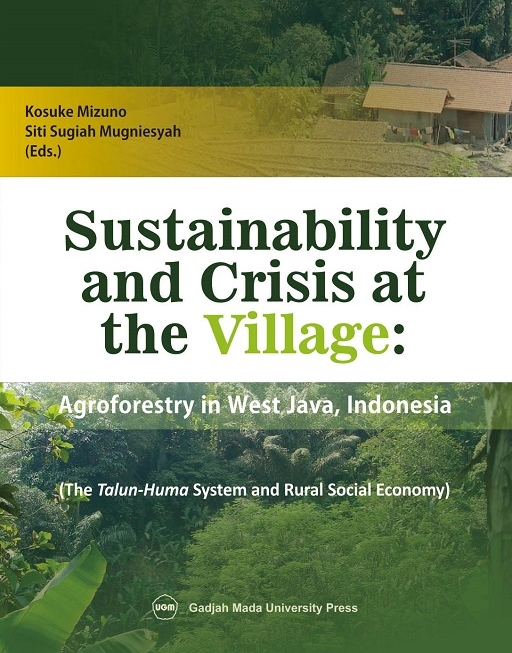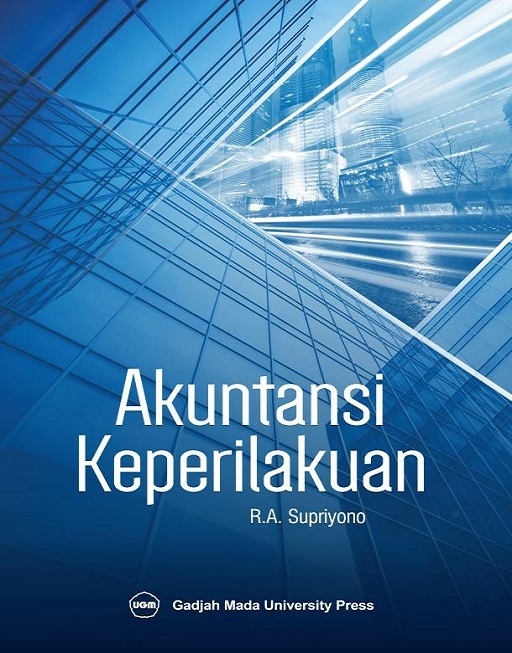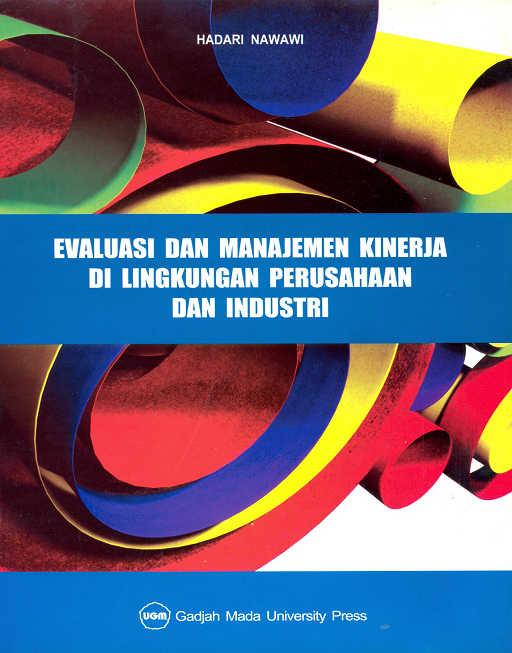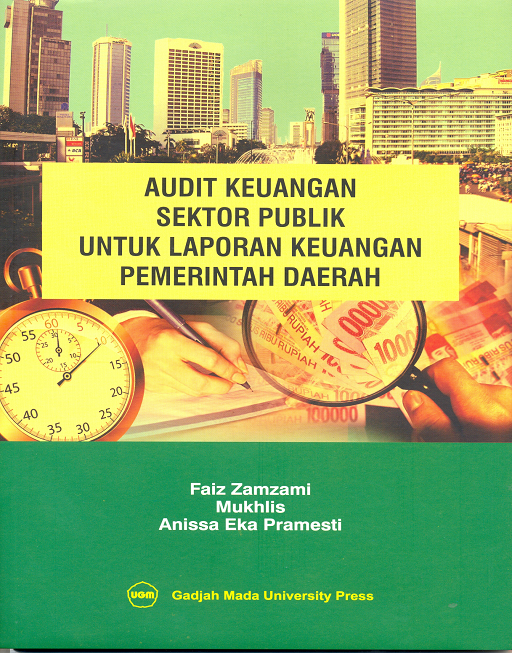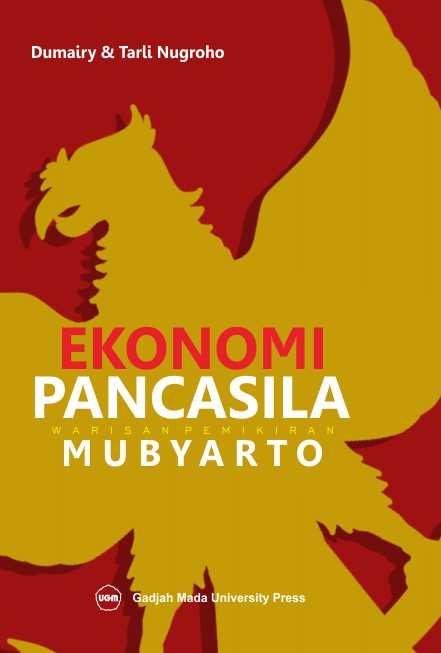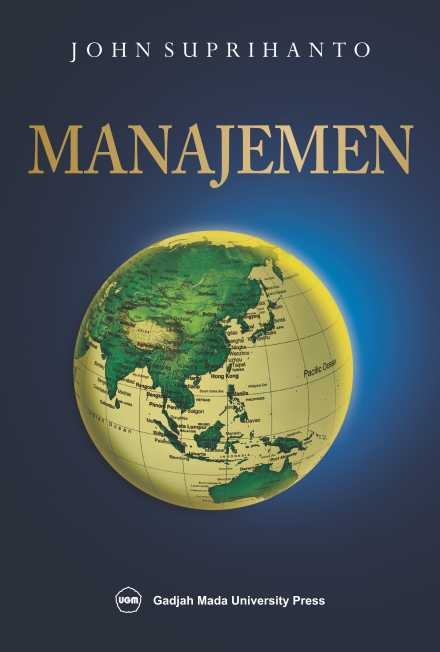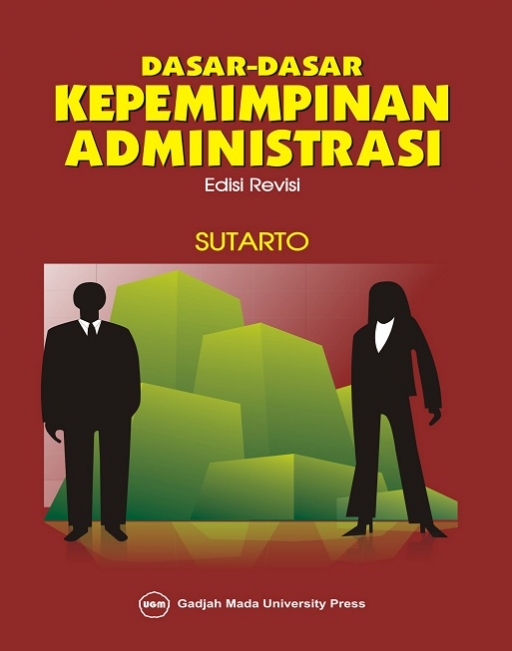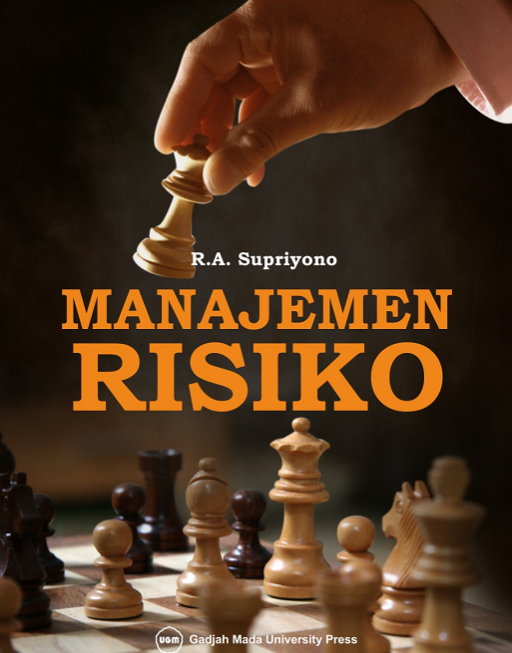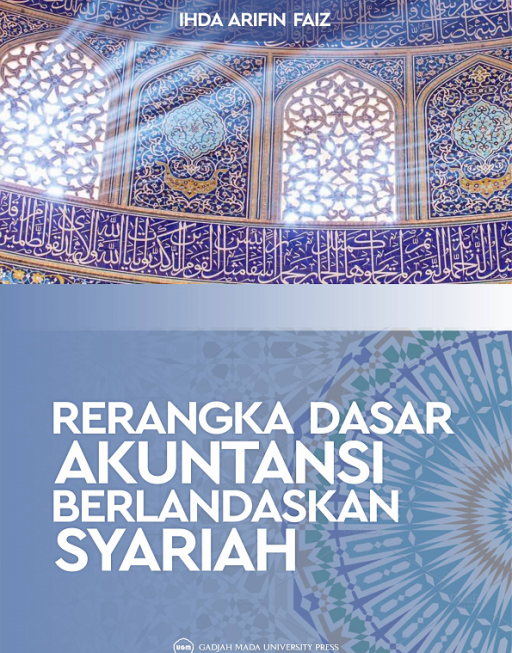Detail Produk
Sustainability and Crisis at The Village: Agroforestry in West Java Indonesia
Flash Sale
Share this :
Penulis: Kosuke Mizuno, Siti Sugiah Mugniesyah (Eds.)
ISBN: 978-602-386-067-8
Dilihat: 6086 kali
Stock: 20
Ditambahkan: 22 June 2016
This book demonstrates that the agroforestry—or the economy of an agroforestry village—sustained the economy between 1998 and 2007, helping keep it from going into a standstill when the Indonesian economy was in a slump. It also analyzes the impact of institutional changes, such as liberalization of rice import/export and cooperatives, as well as the reform of the village administration on the socioeconomy, especially agroforestry, in the village. It also examines the agrarian conflicts at the research site, especially the looting of teak in the national forest, as well as micro credit, gender relations, and public works, which are all central to a study of agroforestry’s development.
Rp60.000,00
Rp120.000,00
Agroforestry here can be regarded as an alternative to enhance production while keeping the ecological and biological balance, following the failure of the “green revolution”. This book attempts to systematically and intensively study agroforestry, especially talun-huma, a combination of slash-and-burn agriculture and productive fallow in a village in Cianjur district, West Java, Indonesia, mainly from the socioeconomic perspective. Its methodology takes the holistic approach and is farmer-centered.
The research started in 1998, just a few months after President Soeharto stepped down, ushering in the era of reform and democratization, and lasted until 2007.
Agroforestry and rural economy faced with crises such as Asian Monetary Crisis in 1997, agrarian conflicts following Soeharto’s exit, and the decrease in land fertility because of the sharp increase in a particular crop—in this case, banana leaf—in traditional agroforestry. Analysis of the sustainability and crisis in agroforestry are demonstrated both quantitatively and qualitatively, as well as institutionally, in this book.
This book demonstrates that the agroforestry—or the economy of an agroforestry village—sustained the economy between 1998 and 2007, helping keep it from going into a standstill when the Indonesian economy was in a slump. It also analyzes the impact of institutional changes, such as liberalization of rice import/export and cooperatives, as well as the reform of the village administration on the socioeconomy, especially agroforestry, in the village. It also examines the agrarian conflicts at the research site, especially the looting of teak in the national forest, as well as micro credit, gender relations, and public works, which are all central to a study of agroforestry’s development.
The flexibility of the talun-huma and related agroforestry that can accommodate a great variety of plants, and the fertile soil resulting from a multilayered and often dense canopy of vegetation that protects against soil erosion and leaching have enabled people to plant large numbers of banana-leaf, which considerably boosted the villagers’ earnings. The sharp increase in banana-leaf production since the end of 1990s, however, resulted in the decline of soil fertility—analyzed in this book, which also proposes solutions.
- Bahasa Teks Buku English
- Cetakan Pertama, Juni 2016
- Tebal 338 halaman
- Ukuran 18,5 x 24 cm
- Kode Buku S078
- Categories Flash Sale, Super Sale
BUKU TERKAIT
© 2015 - 2024 UGM PRESS. All Rights Reserved.
